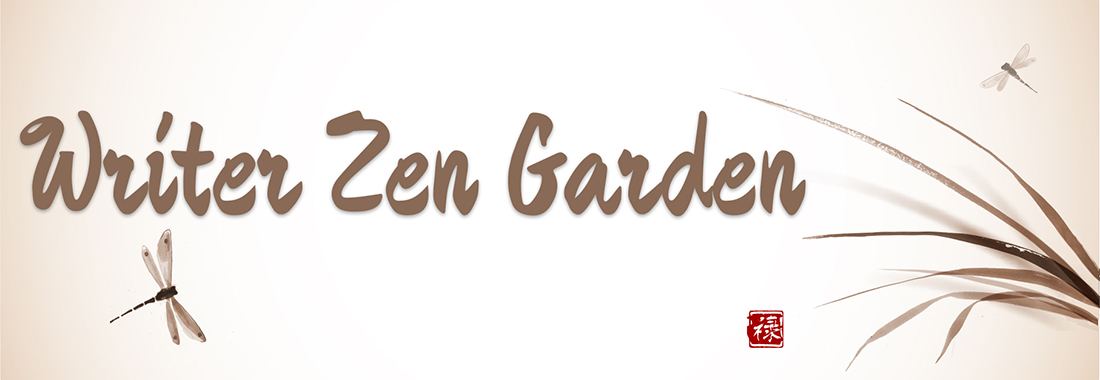Contributed by JaeSage
F is for Flourishing: Beyond Surviving to Truly Thriving
Life, in its intricate tapestry, inevitably weaves in threads of change and loss. While these experiences can be profoundly sad and even devastating, they are an undeniable part of the journey we are fortunate to undertake. Navigating these turbulent waters requires more than simply enduring; it calls for a conscious shift from surviving to truly flourishing.
Embracing Growth After Change and Loss
The immediate aftermath of a significant change or loss often necessitates time for processing and healing. Allow yourself the space and compassion to navigate the complex emotions that arise. Once the initial waves begin to subside, consider embarking on a personal journey toward a growth mindset. As the revered Thich Nhat Hahn wisely said, “Every morning when you wake, notice you are breathing, and smile. Here you are ready to start another day.” This simple yet profound practice reminds us of the present moment and the potential for renewal inherent in each new dawn.
During this transformative period, remember the vital importance of seeking support. Lean on the strength and understanding of your loved ones, trusted friends, and even supportive acquaintances. Consider reaching out to professionals such as therapists or spiritual advisors who can offer guidance and perspective. Embrace opportunities to learn, grow, and assimilate new ideas. Ultimately, the goal is to integrate these experiences and discover your own unique path toward flourishing.
Cultivating Loving-Kindness and Self-Compassion
A cornerstone of flourishing is the practice of loving-kindness, both for ourselves and for others. Remember, you are inherently enough. Embrace the understanding that you possess the capacity for growth and can embody a state of true flourishing. Self-care and self-compassion are not luxuries but essential pillars in this journey. Be patient with yourself, acknowledge your progress, and consistently take steps forward, no matter how small.
Developing a SMART Action Plan
To actively cultivate flourishing, consider developing an action plan grounded in SMART goals. This framework provides a clear and structured approach to moving forward:
- Specific: Define your goals with clarity and detail. Instead of a vague aspiration, think in concrete terms.
- Measurable: Establish tangible ways to track your progress. How will you know when you have achieved your goal?
- Achievable: Ensure your goals are realistic and attainable within your current circumstances.
- Relevant: Align your goals with your core values and what truly brings meaning to your life.
- Timebound: Set a realistic timeframe for achieving your goals, creating a sense of direction and accountability.
By thoughtfully crafting and pursuing SMART goals, you can actively shape a life that is more aligned with your deepest values and aspirations, paving the way for genuine flourishing.
Springing into a Flourishing Future
Once you have allowed yourself the necessary time for healing, cultivated self-compassion, and developed a clear action plan, you can begin to allow yourself the space to spring into action. Embrace the opportunities for growth and renewal that lie ahead.
May your Spring, and indeed your life, be one of continuous flourishing!
As always,
JaeSage
For further reading:
- Peace is Every Step: The Path of Mindfulness in Everyday Life by Thich Nhat Hanh
- The Mindful Self-Compassion Workbook: A Proven Way to Accept Yourself, Build Inner Strength, and Thrive by Kristin Neff and Christopher Germer











